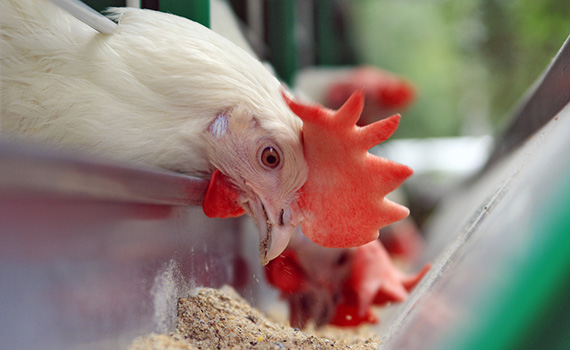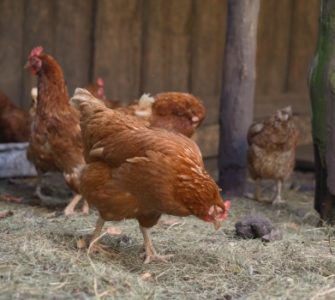Hens in enriched colony system appear more stressed, flighty
Hens in an enriched colony system were more stressed and flighty than conventionally caged birds in a study from Mississippi State and Texas A&M Universities.1
In the study, researchers housed 20-week-old pullets in enriched colony systems or in conventional A-frame cages. They determined stress based on plasma corticosterone and composite physical asymmetry and used tonic immobility and inversion as a measure of fear.
No significant differences were observed between the two housing groups at 23 weeks of age, but differences were noted at 33 weeks. Compared to hens in conventional cages, those in the enriched colony system had higher corticosterone concentrations (26.7 ± 4.9 ng/ml versus 11.10 ± 3.25 ng/ml) and higher composite asymmetry scores (2.08 ± 0.13 mm versus 1.58 ± 0.11 mm).
Enriched colony birds also flapped more intensely during inversion than conventionally caged birds (5.22 ± 0.10 versus 4.25 ± 0.36 flaps/second), the researchers found in their study, presented at the 2015 Poultry Science association annual meeting.
They pointed out that the most common type of layer selected for conventional housing in the US is the Hy-line W36 leghorn, which is the type of hen used for the study. Enriched colony systems may not be the best housing option for w36 leghorns, they said.
1 Archer g, et al. The effect of housing white layers in conventional cages versus enriched colony cages on stress and fear. 2015 Poultry Science Association annual meeting, Louisville, Ky.
Posted on August 5, 2016

















